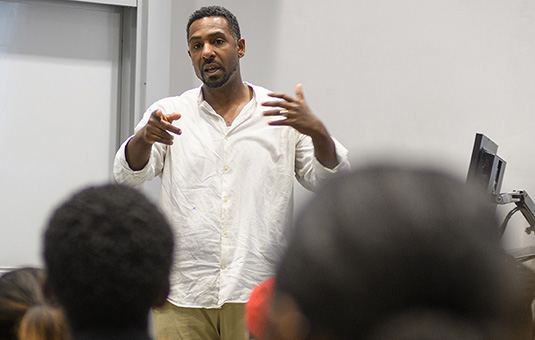
History
The pleasure of terror: Belonging through genocide
Document Type
Book Chapter
Abstract
Looking back on his time as clerk in the Auschwitz death camp, former SS man Oskar Groening sentimentalized. Not personally involved in the murder of the Jews, he had enjoyed life in the shadows of the gas chambers, as he remembered still 60 years later. ‘Auschwitz main camp was like a small town. It had its gossip — it had a vegetable shop where you could buy bones to make broth. There was a canteen, a cinema, a theatre with regular performances. There was a sports club of which I was a member. There were dances — all fun and entertainment.’1 Groening’s recollection is supported by the photos taken in summer 1944 by SS-Obersturmführer Karl Höcker, the adjutant to the second commandant of Auschwitz, SS-Sturmbannführer Richard Baer. These private photos show SS camp guards happily at play, laughing at boozy picnics, and enjoying themselves on group outings to Solahütte, the SS recreation lodge, 30 kilometres south of Auschwitz.2 How can we grasp the meaning of these photos and memoirs? How was it humanly possible to enjoy life — the pleasures of life — in the immediate neighbourhood of a machinery that murdered a million people, mostly Jews, within three years?
Publication Title
Pleasure and Power in Nazi Germany
Publication Date
4-12-2011
First Page
234
Last Page
255
ISBN
9780230306905
DOI
10.1057/9780230306905
Keywords
Auschwitz, Holocaust, genocide, belonging
Repository Citation
Kühne, Thomas, "The pleasure of terror: Belonging through genocide" (2011). History. 74.
https://commons.clarku.edu/historyfac/74


